House prices in Galway county have been rising steadily since the opening of the M17 and M18. Having commenced in 2014, the M17 has eased traffic on the Atlantic corridor from Limerick to Sligo, allowing cars and trucks to completely bypass Galway city.
Key towns such as Tuam, Headford and Athenry have since proved to be in demand not only for buyers but, due to the scarcity of rental accommodation, also for renters and third-level students based in the city who are now extending their search to these county towns.
Not only are these towns now commutable due to new motorways but the town of Athenry is also well served by a regular train service, on the Galway-Dublin line, which takes about 20 minutes to get to Galway city and costs less than €5.
Athenry was identified as a key town within the core strategy of the Galway County Development Plan (2009-2015) in which it was noted the town’s population had grown by more than 19 per cent due to rail and motorway commuter services. A recent decision to refuse planning permission for a residential development of 91 homes in the town is currently being appealed to An Bord Pleanála. The county council had refused on the basis that the site was not zoned for development and also raised concerns about the capacity of the local road network to accommodate a rise in traffic.
What does the housing market have in store in 2026? Property experts weigh in
Look inside: Detached family home on Victorian square in Rathgar for €2.8m
My daily walk is recorded by security cameras on a big house. Is this an invasion of my privacy?
‘He was so kind, with such twinkly sparkly eyes’: Tributes paid to Hugh Wallace
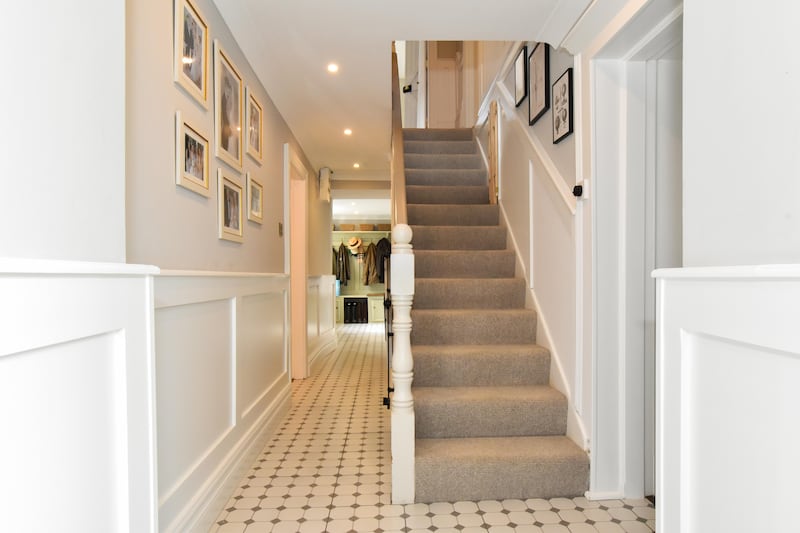
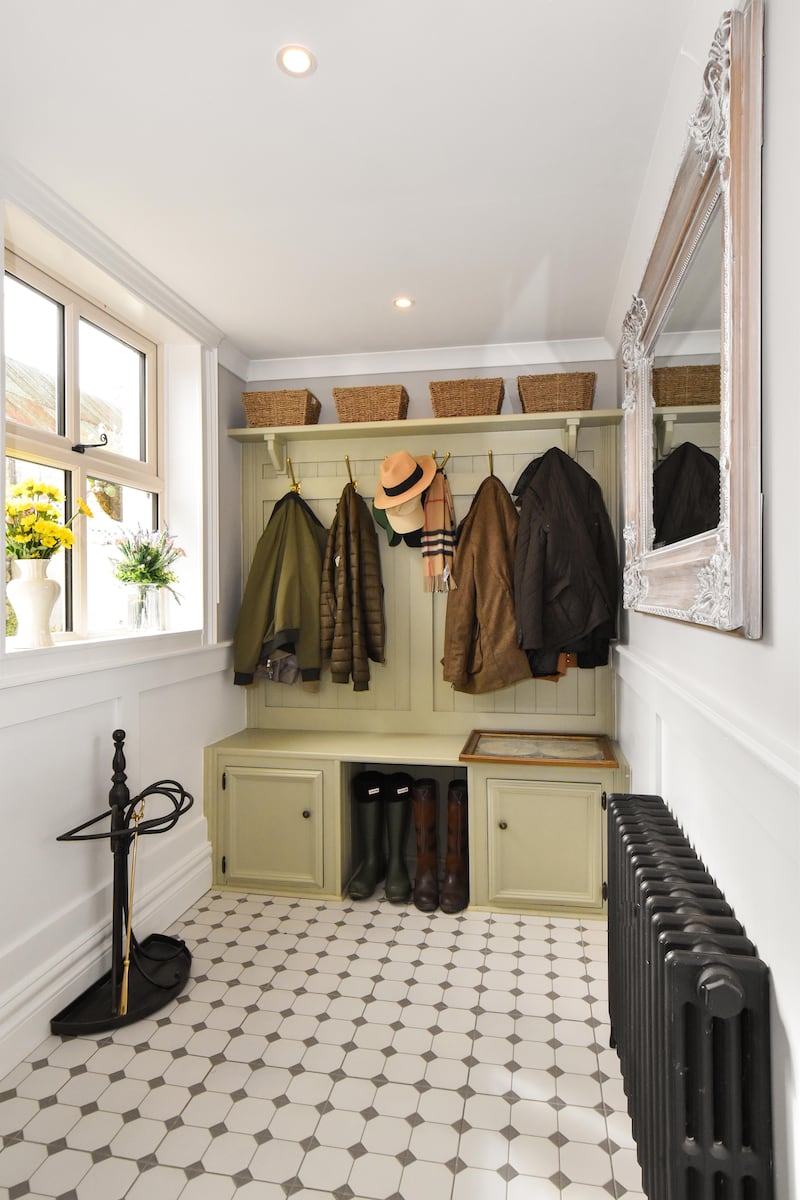
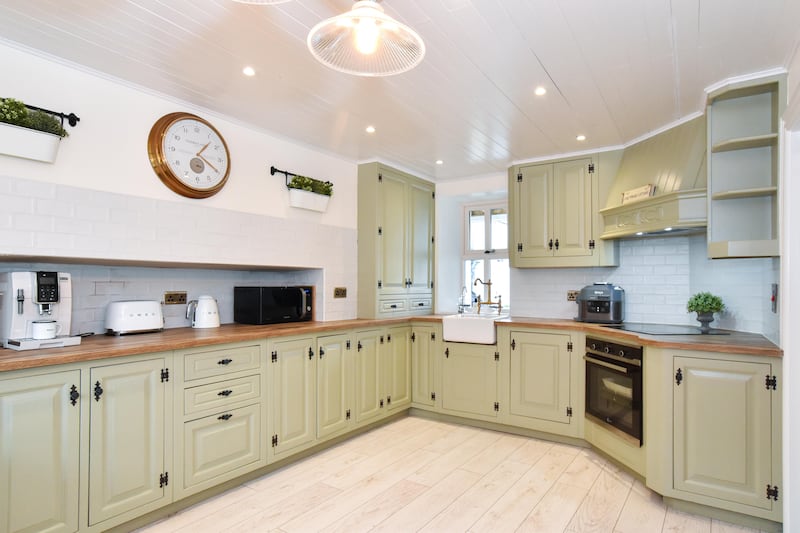
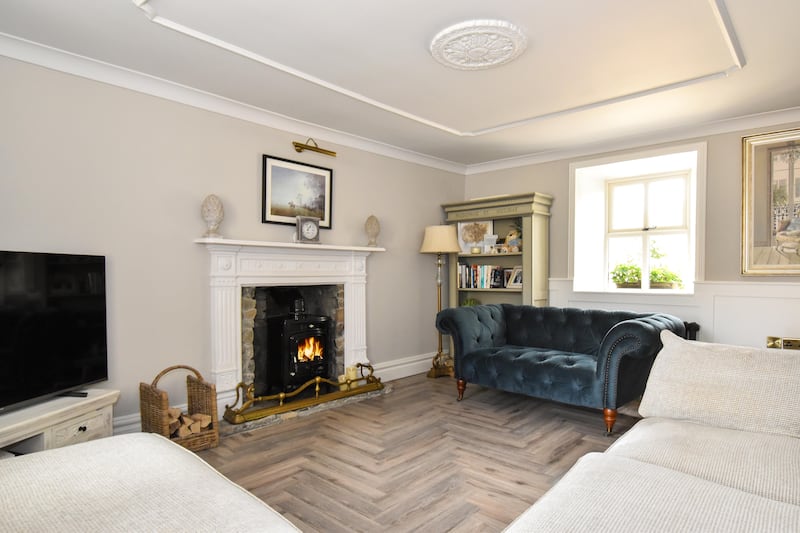
This old farmhouse in Cartymore in Athenry was constructed by a great grandfather of one of its current residents. When on a much larger holding (it now stands on just more than an acre) it was sold off until its current owners purchased it in 2018 for €155,000, according figures on the Property Price Register.
“It had no renovations in a long time and was vacant for about eight to 10 years, so it needed lots of work,” says the owner, who is upsizing. “It reminded me of that house in the film The Holiday. We did lots of the work ourselves, with lots of blood, sweat and tears.”
Lying at the end of a tree-lined avenue, providing both privacy and shelter, the house is about 8km from Athenry and 23km from Galway, so it is suitable for those who commute to the city.
As it stands, the property, which now has a Ber of C1, is laid out over two floors. Extending to 107sq m (1,152sq ft), it has a livingroom on one side of a long hallway, while the other is occupied by a kitchen/diningroom.
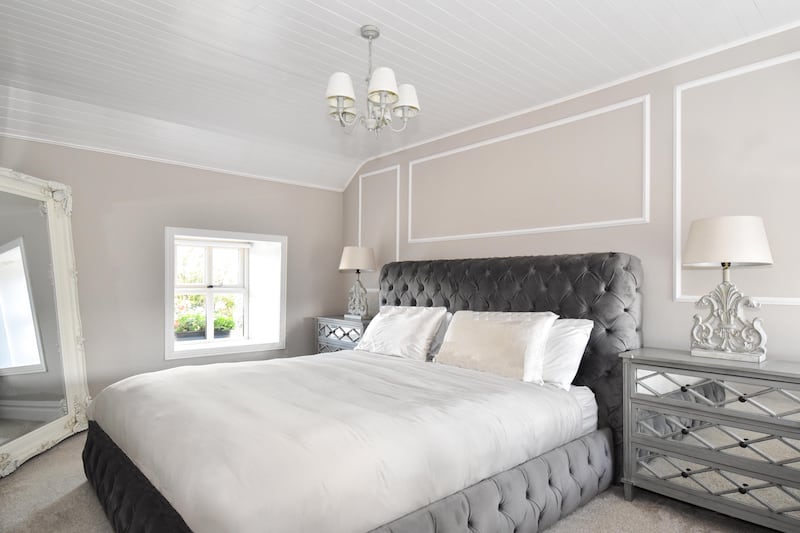
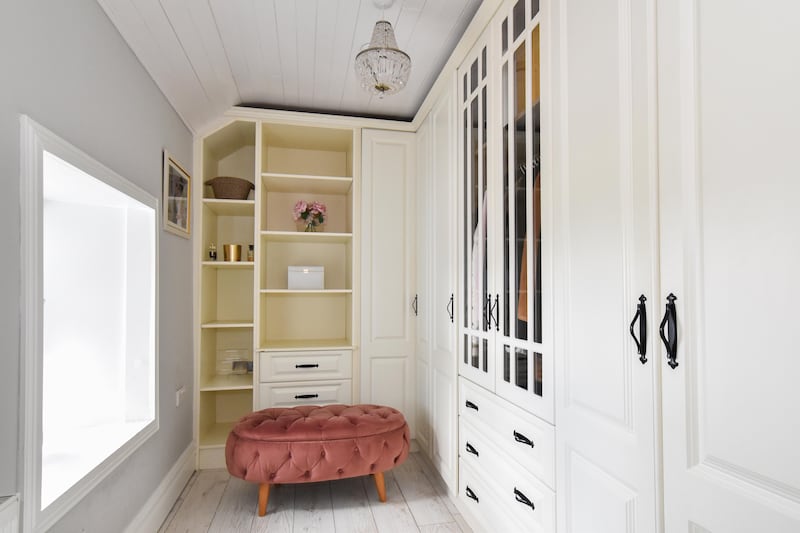

The kitchen was salvaged from the old incarnation of the house. Made from solid wood, it has now been spray-painted and a new counter top and handles have been added. “The fact that we’d so little money at the time we bought really stood to us, as we salvaged and reused so much,” says the owner.
Lying opposite, a good-sized solid-fuel stove helps keep the livingroom toasty, which is lovely and bright due to its double aspect.
One of the owners built the boot room at the end of the hallway, which now has fine panelling adding interest to this country farmhouse.
Located downstairs, the main bathroom (there is an en suite for one of the bedrooms upstairs) has been given a cool makeover with the use of a Crittall-style shower door against monochrome tiles, where black grout was used instead of the usual white. “The tile shop were totally against me using the black grout saying ‘nobody does it like that’,” says the owner, “but I love the effect it gives against the white tile.”
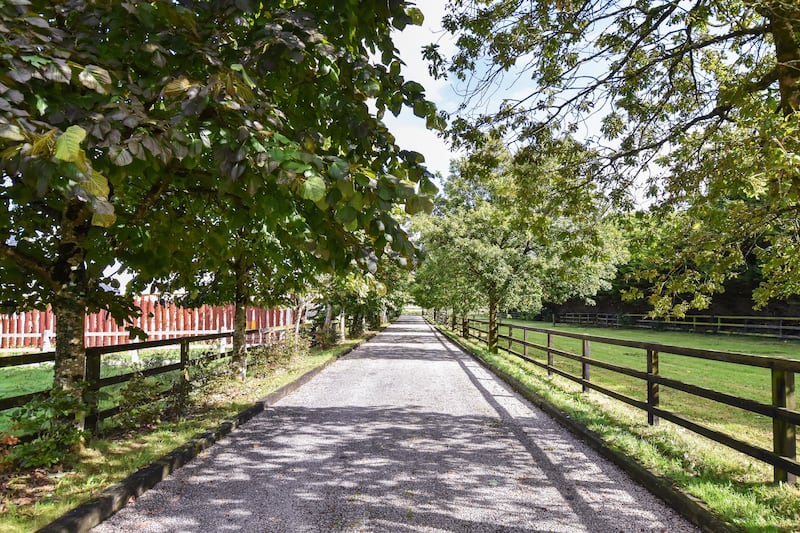
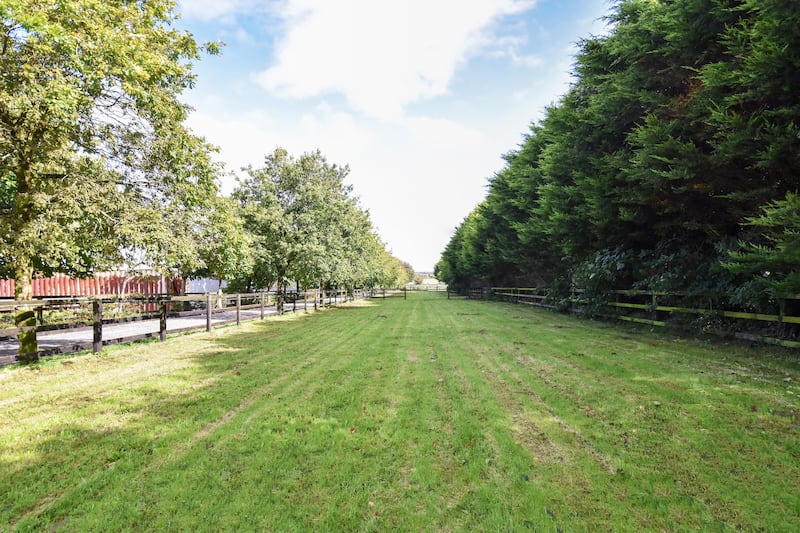
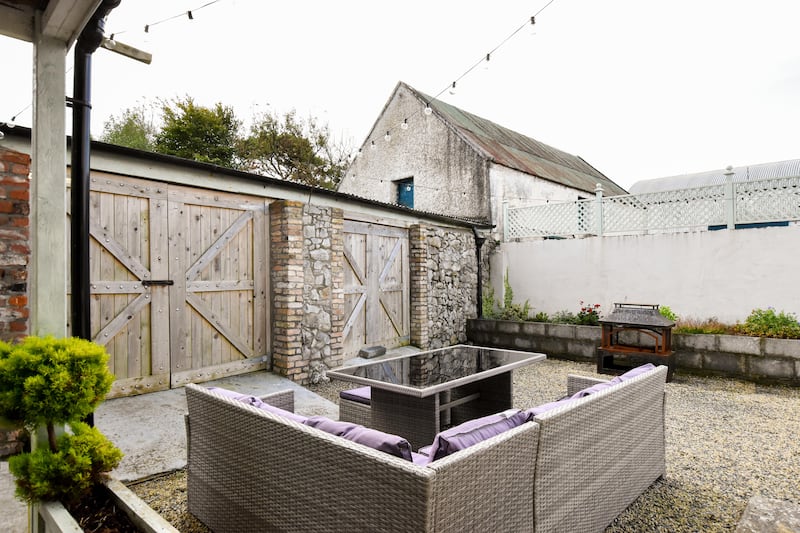
Upstairs a fourth bedroom is now utilised as a dressingroom, offering lots of room in a line of built-in units.
The property has three distinct areas on the grounds: two paddocks straddle the long driveway while there is a large green space to the side, so there is plenty of room for a pony or two. A block-built shed lies to the rear, and is plumbed for washing and drying machines, and between is an outdoor seating area the family use in summer months.
While new owners may want to change flooring to real wood rather than laminate, the house in turnkey condition is now on the market through Sherry Fitzgerald Galway seeking €465,000.












